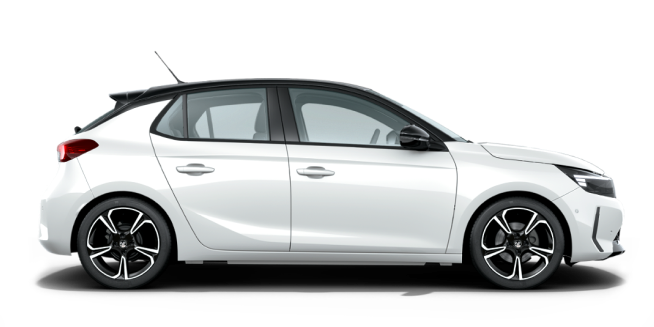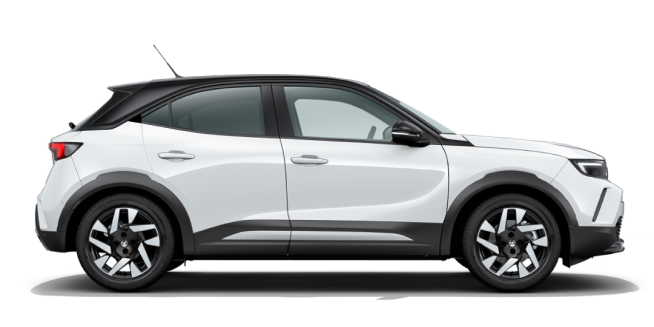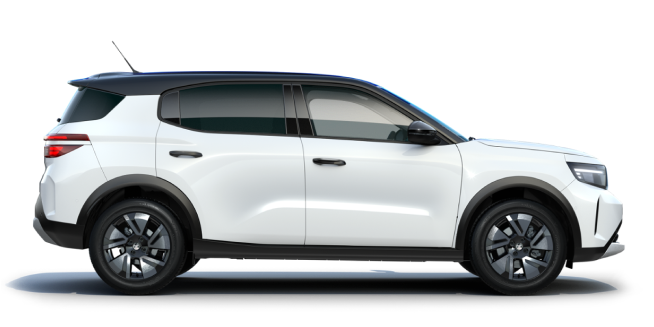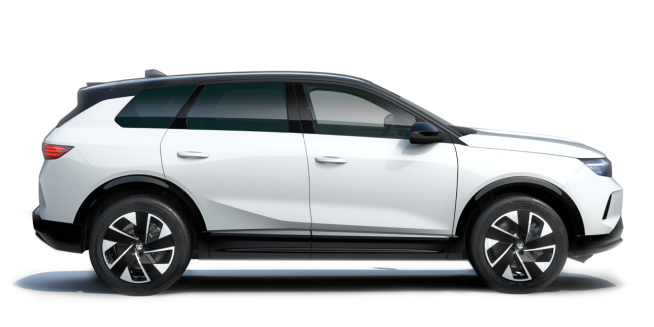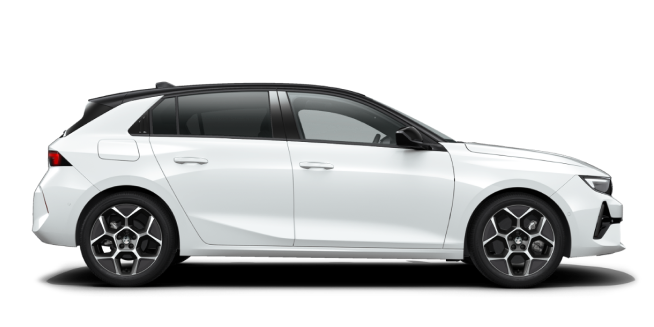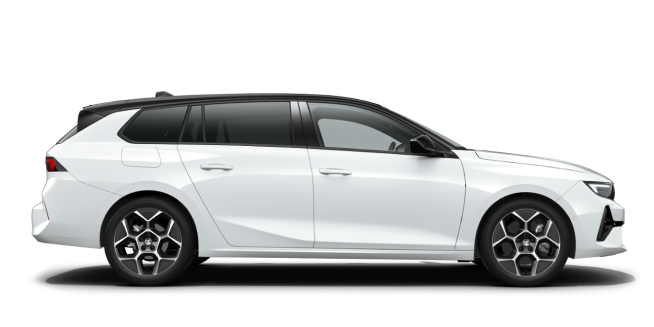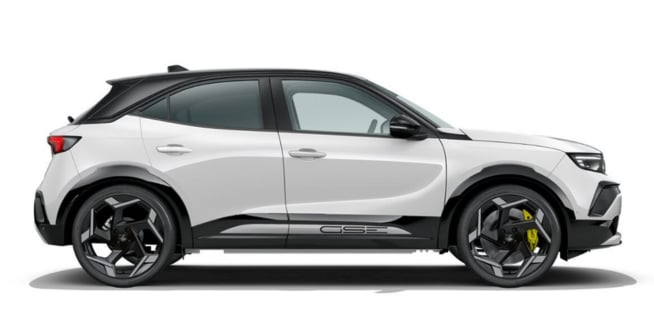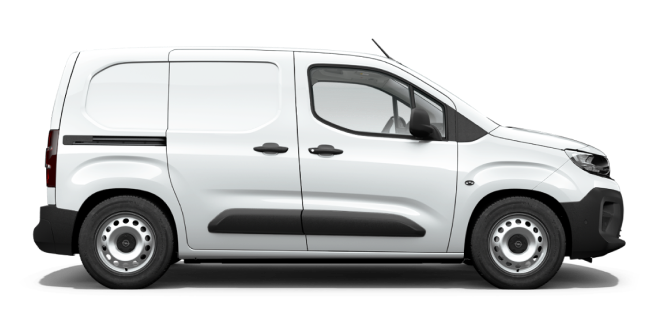Electric vehicles glossary
There can be a lot of jargon thrown around when it comes to electric vehicles. Let's break that down.
BEV
Also known as ‘battery electric vehicles’ or ‘pure electric vehicles’, they don’t have a combustion engine. They’re driven by an electric motor powered by a battery, which can be plugged into a three-pin socket to recharge. Quicker charging options are available for homes and at public charging locations. As they only run on electricity, 100% electric vehicles produce zero tailpipe emissions. They use simple technology and have fewer parts than petrol/diesel vehicles. So there’s less to go wrong and they’re more energy efficient. 100% electric vehicles are smooth and virtually silent on the road. And, as they deliver full power immediately, they’re really nippy, too.
Plug-In Hybrid
Hybrids have an internal combustion engine and an electric motor powered by a battery. Once the battery range has been used, the hybrid technology switches to the conventional engine. Plug-in hybrids produce tailpipe emissions of around 40-75g/km CO2 when measured against the current European test cycle. The battery in a plug-in hybrid vehicle is bigger than a ‘mild’ hybrid which gives the vehicle a zero emissions range in pure electric mode. It also means that the battery can be charged directly.
Ice
Internal Combustion Engine
EV
EV stands for Electric Vehicle.
Lev
LEV stands for Low Emission Vehicle. A broad term used to explain vehicles that are powered wholly or partially by an electric motor.
Ac
Alternating current (AC) is an electric current that periodically reverses direction, in contrast to direct current, which flows only in one direction (see DC). Electric power is supplied to businesses and homes as alternating current.
Battery pack
An electric storage unit containing cells where electric energy is converted into chemical energy (charging) and back into electrical energy (discharging) (see Lithium ion).
Cell
An electrochemical unit that contains the electrodes, separator and electrolyte.
Charging speed
The time it takes to charge an electric car from empty to full. Most drivers top-up charge rather than waiting to recharge from empty to full. The bigger the battery and the slower the charging point, the longer it takes to charge from empty to full.
Chemistry
Chemistry refers to the lithium compound of the cell’s electrodes. The chemistry of a Li-ion battery affects its performance. The Li-ion battery of the sixth-generation Corsa and the Grandland X PHEV uses nickel-manganese-cobalt for optimum energy density, durability and safety.
Dc
DC or direct current refers to an electric current flowing in one direction. Batteries supply DC current. Alternating current (AC) can be converted into DC current through a rectifier. For AC-charging, all EVs have on-board rectifiers or inverters. DC charging stations can handle more power, charging is therefore faster.
Electric driving range
The distance that an electrically powered vehicle can cover in a defined speed cycle (NEDC or WLTP) on a single full charge of the battery.
Horsepower
The measurement of the power output of an engine or motor. An electric motor’s output can also be given in kilowatts (kW).
A hybrid vehicle is powered by both an electric motor and a conventional internal combustion engine (see ICE). In contrast to a plug-in hybrid electric vehicle (see PHEV), a hybrid’s electric motor is powered by an on-board battery that is exclusively charged by brake energy recovery or the ICE. It has no connector for charging.
kW
A measurement of electrical power, roughly equivalent to 1.36 horsepower.
kWh
Short for "1000 Watts x hour," kWh is a measurement of electric energy (= Power*time). An EV’s battery capacity is expressed in terms of kWh. A large battery supports high power over a long time.
Lithium-ion battery
A kind of rechargeable battery. During discharge, lithium ions carry the current in the battery from the negative to the positive electrode, through the electrolyte and separator. Under charging the lithium ions migrate from the positive to the negative electrode.
Regenerative braking
Regenerative braking helps save fuel. When the vehicle slows down, the regenerative braking system acts as a mini generator and stores kinetic energy in the battery to help you travel further. It can actually increase a vehicle’s range by 10 or more miles.
Home charging Wallbox
A home charging wallbox is a unit installed at your home address to charge up your electric vehicle.
Fast charger
Fast chargers are found in public charging locations, and are named Fast Chargers purely because they will give you a faster charge than a standard home charging wallbox. Fast chargers are the most common charge-point type found in public in the UK.
Rapid charger
Most commonly found on motorways or A roads, rapid chargers are public charge-points that provide the quickest possible charge of your vehicle. Generally these charge-points will not be free to use.

